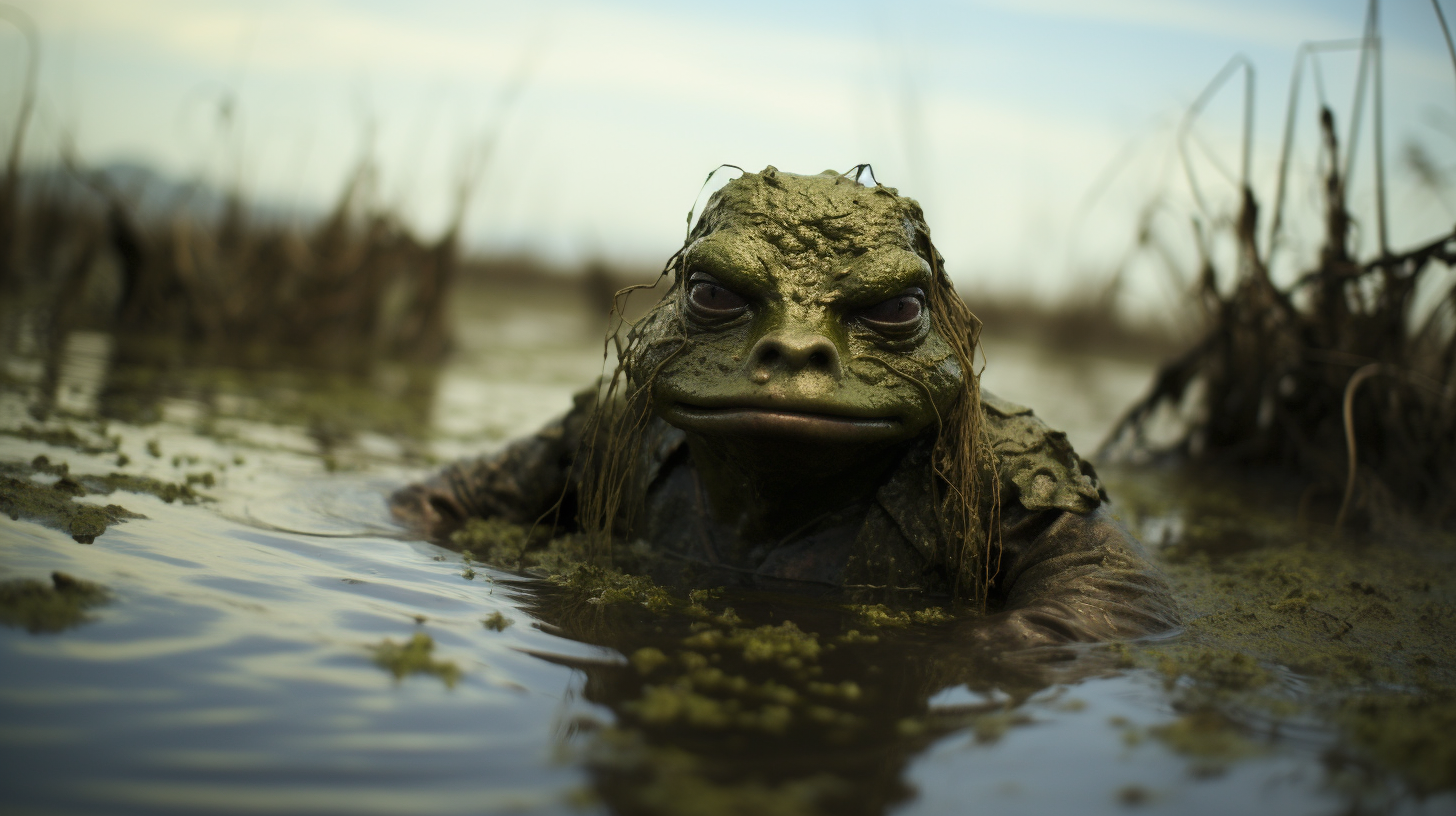The marshes once sang with an amphibious choir, a croaking chorus that resonated through the mists of twilight. Those marshlands, the arteries of Mother Earth, teeming with vibrant ecosystems, have now fallen silent. ‘Where Did the Frogs Sing?’ invites you on a sobering odyssey, one that bears witness to not just the absence of sound but the absence of life itself within these sodden refuges. This is the tale of empty marshes and the vanished songs of frogs; a symphony we may never hear again.
Our journey begins at the heart of what used to be a sanctuary of biodiversity. The marshes, swathes of land mottled with pools of water, home to dragonflies, fish, and myriad amphibious life forms, now stand mute. Reeds sway, not to the vibratos of frogs, but to the harrowing whistles of the wind – a change unnoticed by the uncaring cacophony of the industrial world.
Recent studies have shown a stark decline in amphibian populations globally, an unsettling trend with dire implications. Experts suggest multiple culprits: habitat loss, climate change, pollution, and a mysterious pandemic of amphibian diseases. Frog populations are at the forefront, being incredibly sensitive to environmental changes, with their permeable skin and complex life cycles spanning water and earth.
These creatures serve as unwitting sentinels, warning us of ecological shifts. ‘Frogs are the canaries in the coal mine for our environmental health,’ states Dr. Elizabeth Aarons, an ecologist specializing in wetland habitats. Yet, her grim affirmation comes with a caveat: the canaries have ceased their warning calls. Unwilling subjects in a global experiment, the consequences of their downfall ripple beyond their silent pools, signaling ecosystem collapse.
Parched Ponds and Poisonous Policies – The water bodies that serve as lifelines have withered under the blazing scrutiny of relentless suns, exacerbated by inadequate environmental policies. Describing water resource management as ‘a policy quilt with more holes than fabric,’ activists lament the lack of cohesive legislation. The result? Contaminated waters, invasive species, and the choking hold of non-native plant life strangling native growth, creating uninhabitable conditions for the marsh’s rightful crooners.
Amid the echoes of barren landscapes discussed in our prior piece, ‘Phantom Forests’, the marshes too tell a similar story, one where environmental neglect shapes a haunting narrative. The fate of the marshes parallels those desolate stretches once known as forests, where the corporatization of nature has left but a shell, a specter of its former glory. Here, the allegory of desolate swamplands adds another verse to this dirge of nature.
There are efforts, whispers of defiance against the somber truth. Volunteer groups and biologists strive to reverse the effects of ecological apathy. They chart the marshes, record the absences, and attempt to maintain genetic libraries of endangered species. Nevertheless, these actions resemble the delicate task of stitching together leaves in an attempt to heal a forest; they are commendable but overshadowed by the magnitude of the crisis.
Through the lens of our dystopian perspective, ‘Where Did the Frogs Sing’ does not offer rays of hope, salvaging strategies, or happy endings. Instead, it forces us to face the silence – not only of the marshes but of humanity’s voice against the relentless tide of neglect. We are the audience to a receding performance, one that once filled the nights with a symphony of life, now reduced to eerie stillness.
The grim reality speaks of irreversible damage, reminding us that while our articles are a portrayal, the true story is unfolding outside the pages of contemplation, in the wetlands we’ve forsaken. So we listen, or rather, strain to hear – is there a lingering croak, a solitary ribbit amongst the reeds? Or are we truly witness to the finale, the curtain call to a world that once celebrated the songs of frogs?
